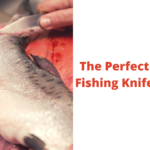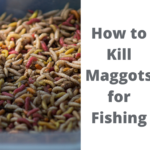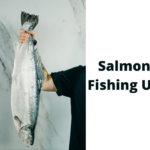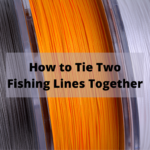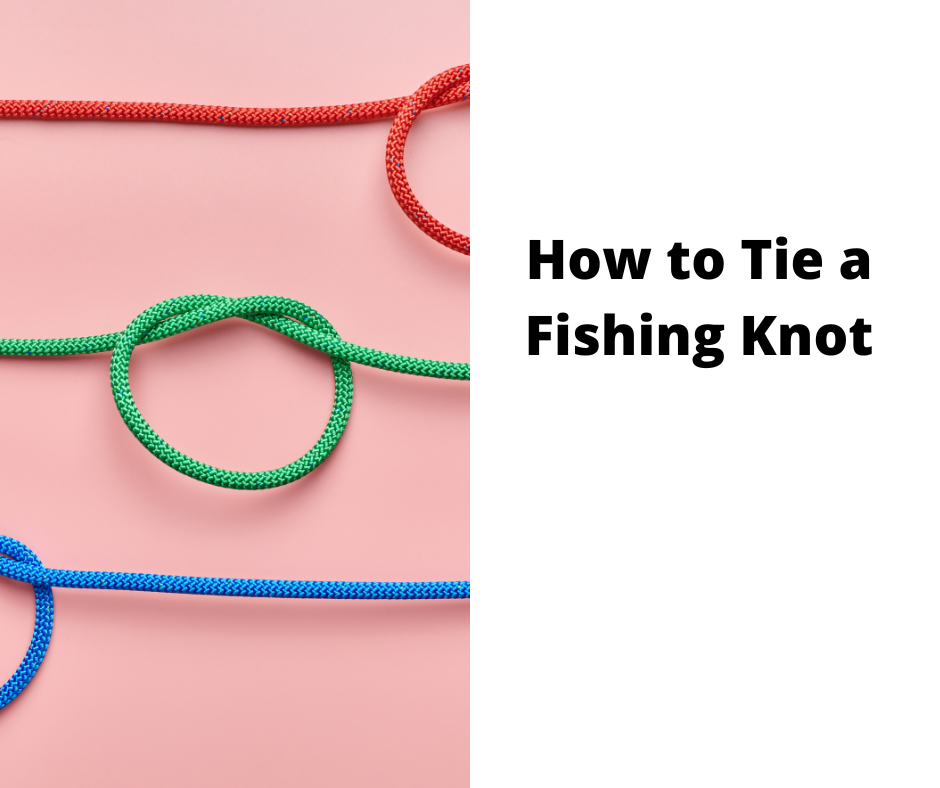Pole Fishing
Pole Fishing: Rigs for Easy Success
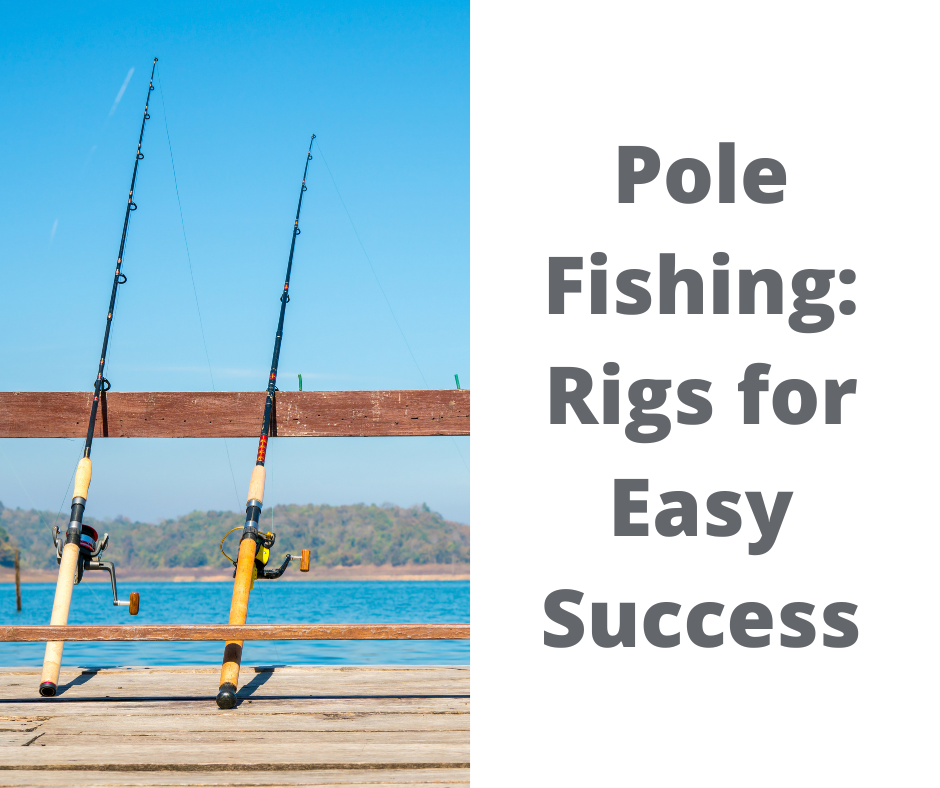
In this blog post, we’re going to dive into the various configurations you can use for pole fishing, shining a light on multiple choices. All of these configurations are easy to assemble and understand, allowing you to start fishing effectively in no time!
I spent most of the last season fishing mainly match carp venues. I can strongly recommend the high-density foam diamond body design for its versatility and strength. The sensitivity is second to none, allowing me to feel even the lightest of nibbles. The balanced rig also means that there is no need for an over-the-counterbalance weight, which can often lead to tangled lines.
The result is a perfect presentation every time. In addition, the diamond body is extremely durable, meaning that it can withstand repeated casts without losing its shape. This makes it an ideal choice for those who want to fish regularly, as it will last for many seasons to come.
As a rough rule of thumb, 0.1g per foot of depth. e.g., 0.4g in 4 ft of water. My favorite rig for carp is a 0.4g foam diamond, 25mm long 1.5mm hollow orange tip for dark water which can be blacked out in bright conditions with a sharpie permanent marker pen, new style spring eye and 0.8mm clear glass stem.
Attach float to 016mm SHIMANO silk shock main line for accurate diameter and b/s strength and 3 pieces of silicon on the stem, using no.10 Stots about 2/3rds down the rig can be bulked together to get the bait down quick or strung out for a slower natural fall and finally, a no.11 Stots dropper/tell-tale shot just above the hook length.
A 6″ or 15cm hook length of SHIMANO silk shock 010mm to 014mm depending on fish size and conditions. Carp will happily feed in water as shallow as 4ft so this rig is perfect when targeting them close in under overhanging trees or marginal vegetation where precision is key to success but it will also work well out in open water too
When it comes to fishing, there are many different techniques that can be employed in order to be successful. One popular method is pole fishing, which has become increasingly popular in recent years. Although pole fishing requires a different setup than traditional rod fishing, the basic principles are the same.
Successful Rig for Pole Fishing
In order to create a successful rig for pole fishing, it is important to consider the weight of the line and the type of bait that will be used. Once these factors have been taken into account, it is relatively easy to put together a successful rig for pole fishing. With the proper setup, pole fishing can be an incredibly effective way to catch fish.
Whether you choose to use shots or stots is a personal preference, but there are some advantages and disadvantages to each. Shots have a tendency to ping off the line, which can happen at any time during the process of casting, taking, or landing a fish.
This can be frustrating, especially if you lose a fish as a result. On the other hand, stots are more likely to stay in place and offer better bite registration. They also don’t create the same noise when they hit the water, which can be important when fishing in areas with a lot of wildlife. In the end, it’s up to you to decide which type of weight you prefer.
Floats Come in All Shapes and Sizes
Floats come in all shapes and sizes, and all of them require a certain amount of weight to cock them. This is normally indicated on the floating body, but in pole fishing, the weight can be expressed in strange ways.
Many anglers are used to the weight being indicated in grams or shots, but in pole fishing, it is normal to see floats with markings like this: 3×7. This might sound like three number 7 shots, but in fact, it is an indication of the number of styles required. So it is not 3×7 shots, but 3×7 styles. This works out to be something like 6×13 shots, or 0.03 grams. It can be hard to follow, but the main thing to remember is that it is mainly styled that are being referred to on pole floats, not shots.
There are many different rigs around these days but the drop rig is one of the simplest and most effective. All you need is light but sensitive float and shots/styles spaced evenly down the line. This rig is easy to make and understand, and it always gets results.
To set up the rig, simply find the dead depth of the water and space the shots/styles accordingly. For example, if you have 4 feet of depth, you could put your shot on every foot of line space. This would mean three in total, spaced evenly apart. Remember that you have to have a foot from the hook to the float, so only three would be evenly spaced out. The idea is to allow the bait a normal fall through the water and also to make sure it is the right weight for the float. This is very important.
Fishing for Margin Carp
Fishing for margin carp can be a tough endeavor, but using the right rig can make all the difference. The margin carp rig is an easy one to make and is highly effective. You’ll need a long bristle to show up line bites better, but it’s not a necessity.
The key with this rig is to get the float weighted correctly. The bulk of the weight should be on the last third of the line above the hook, with one dropper shot holding the bottom. These are known as anchor shots and should be placed three inches over depth. The right placement of these components will ensure that your bait is where the fish are, resulting in more catches.
The surface rig is one of the simplest and most effective fishing rigs there is. All you need is a light hook, line and some poly float and shot. You can use anything that floats as a bite indicator, like a poly float or light shot.
The bait should be a floating bait like bread or pellet wrapped around the hook. Leave around 3 feet of line between the indicator and bait and around 2 feet from pole tip making it 5 feet line length.
The longer the line, the harder it will be to land the fish. This rig is great for targeting fish that are feeding on the surface. The float will keep everything on the surface, and the bait will attract fish to your hook. Give this rig a try next time you’re out fishing!
Float Size Weight Shot Equivalent
| 3 x 10 | 0.10g | 2 x No10 shot |
| 4 x 10 | 0.15g | 3 x No9 shot |
| 4 x 10 | 0.2g | 5 x No10 shot |
| 4 x 14 | 0.4g | 6 x No8 shot |
| 4 x 16 | 0.5g | 8 x No8 shot |
| 4 x 18 | 0.75g | 3 x No3 shot |
| 4 x 20 | 1g | 4 x No3 shot |
| 5 x 20 | 1.25g | 5 x No3 shot |
| 6 x 20 | 1.5g | 6 x No3 shot |
How To Make A Pole Rig
Fishing is a great way to relax and enjoy the outdoors, but it can be difficult to know where to start. If you’re interested in trying your hand at pole fishing, this guide will show you how to rig a pole and get started.
Pole fishing is a great way to relax and enjoy the outdoors. It’s also a great way to get some exercise while you’re at it. But if you’re new to the sport, it can be difficult to know where to start. Luckily, rigging a poll is easy once you know how.
To rig a pole, you’ll need four things: a pole, a reel, line, and bait. You can find all of these items at your local sporting goods store or online. Once you have your supplies, follow these steps:
- Attach your reel to the bottom of your pole using the screw that comes with it. Be sure that the reel is seated properly so that it doesn’t come loose while you’re fishing.
- Run your line through the guides on your pole until it comes out of the top. Make sure that there are no knots or tangles in the line.
- Attach your bait to the end of the line using a knot that won’t come undone easily. The most common knots are the Palomar knot and the Clinch knot.
Once you’ve rigged your pole, you’re ready to start fishing. Remember to practice good safety habits while you’re out on the water. And if you’re ever in doubt about how to rig your pole, ask a friend or family member for help.
Happy fishing! Pole Fishing: Rigs for Easy Success
In the video below Des Shipp shows you how to make a pole fishing rig.
Conclusion
Pole fishing is a great way to relax and enjoy the outdoors. It can be difficult to know where to start if you’re new to the sport, but this guide will show you how to rig a pole and get started. To rig a pole, you’ll need four things: a pole, a reel, line, and bait. You can find all of these items at your local sporting goods store or online.
Carp Fishing
Fishing Eureka Acquires fishingquestions.co.uk Domain
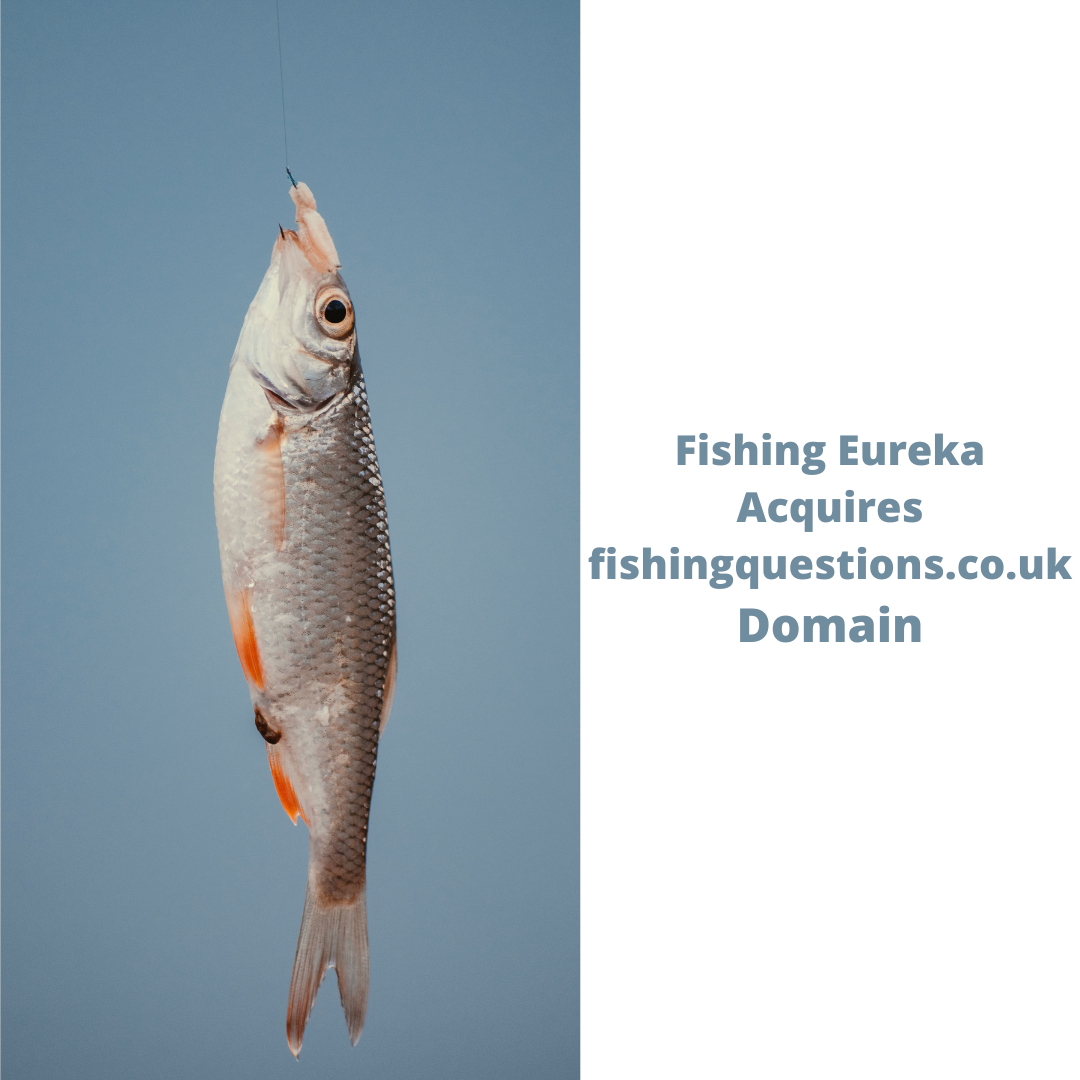
Fishing Eureka, a leading resource for insights into fishing, fishing techniques, fish-based culinary delights, and the lifestyle associated with angling, is thrilled to announce the acquisition of the domain fishingquestions.co.uk.
Fishing is an activity that has been around for centuries. It is a way of trying to catch fish from their natural habitats. Fish are a source of food for many people and can be caught for sport. Fishing can be done from the shore, from a boat, or by using a fishing rod.
There are many different types of fishing, including fly fishing, Deep sea fishing, and ice fishing. Fishing can be a very peaceful activity, and it can also be a lot of fun. Whether you are catching fish for dinner or just enjoying a day out on the water, there is nothing quite like the feeling of landing a big one.
At Fishing Eureka, we are always on the lookout for new ways to help our customers enjoy the sport of fishing. That is why we are pleased to announce the acquisition of the domain fishingquestions.co.uk. This website is a valuable resource for anglers of all levels of experience, offering advice on everything from choosing the right tackle to cooking your catch.
We believe that this website will be a valuable addition to our existing portfolio of fishing resources, and we are committed to providing our customers with the best possible information and service. We hope that you will take advantage of this new resource, and we look forward to helping you enjoy the sport of fishing even more. Thank you for your continued support.
Fishing Eureka is a website that provides information and resources for fishermen of all levels of experience. The website welcomes readers from the fishingquestions.co.uk domain and offers a wide range of articles, tips, and advice on all aspects of fishing.
Fishing Eureka covers topics such as tackle selection, bait choice, where to fish, and how to identify different species of fish. The website also includes a forum where fishermen can ask questions and share their experiences with other members of the community. Whether you’re an experienced angler or just starting out, Fishing Eureka is a great resource for all your fishing needs.
There are many reasons why Eureka is the best place for fishing. The fish here are big and plentiful, the scenery is beautiful, and the weather is perfect for fishing most of the year.
In addition, the Eureka area is home to a number of experienced guides who can help you make the most of your time on the water. Whether you’re an experienced angler or a novice, you’ll find that Fishing Eureka has something to offer. So come on down and enjoy some of the best fishing in the world. You won’t be disappointed.
Fishing Is One of The Oldest Forms of Hunting
Fishing is one of the oldest forms of hunting. It plays an important role in many cultures, both as a source of food and as a recreation. Although it is often considered a simple activity, fishing requires skill, patience, and knowledge.

The type of fish being sought, the environment in which they live, and the fisherman’s equipment all play a role in the outcome of a fishing trip. In many cases, the success of a fishing trip depends on luck as much as skill. However, even novice anglers can improve their chances of success by learning about the habits of the fish they are trying to catch and using the right equipment.
The Perfect Place for Novice Anglers
Fishing Eureka is the perfect place for novice anglers to learn the ropes. The experienced staff is always on hand to give advice and answer questions, and the calm waters of the lake make for a relaxed fishing experience.
There are also plenty of opportunities to catch fish, making it easy for beginners to quickly develop their skills.
The Perfect Place for Experienced Anglers
For experienced anglers, Fishing Eureka offers the chance to fine-tune their techniques and continue to improve their chances of success. The varied terrain and wealth of fish species mean that there is always something new to try, and the challenge of landing a big catch is sure to keep even the most seasoned fisherman coming back for more. Whether you’re just starting out or you’ve been fishing for years, Fishing Eureka has something to offer everyone.
Humans Have Been Fishing Since 40,000 Years
Fishing is an ancient practice that has been used for both survival and recreation. The first evidence of fishing can be dated back to around 40,000 years ago. In many cultures, fish were a major source of food and had to be caught in order to ensure the survival of the community.
This was typically done using spears or harpoons, as well as nets. While the methods have changed over time, the basic principle remains the same: to catch fish so that they can be eaten or sold. Today, fishing is still an important part of many cultures and continues to be enjoyed as a recreational activity by people all over the world.
Whether you’re casting a line in your local pond or going on a deep-sea fishing expedition, the act of fishing is sure to bring you a sense of peace and satisfaction.
Types of Fishing
Fishing is the activity of trying to catch fish. Fish are normally caught in the wild. Techniques for catching fish include hand gathering, spearing, netting, angling, and trapping.
“Fishing” may include catching aquatic animals other than fish, such as mollusks, cephalopods, crustaceans, and echinoderms.
The term is not normally applied to catching farmed fish, or to aquatic mammals, such as whales where the term whaling is more appropriate. In addition to being caught to be eaten, fish are caught as recreational pastimes.
Fishing tournaments are held, and caught fish are sometimes kept as preserved or living trophies. When bio blitzes occur (an event where volunteers try to catalog all living species in a specific area), fish are typically caught, identified, and then released.
Fish seek food all over their body especially tails fin(paired & unpaired) but they got one problem they can not swallow big prey so they need little help with that which comes in the form of an exoskeleton(external skeleton).
Fish use various feeding strategies ranging from capture feeding: waiting near the bottom of the water column for browsing organisms(animals that graze on Plants life) to drift feeding: swallowing large volumes of water and then expelling it through the gills to filter small organisms(animals that graze on Plants life).
Fishing tackle is the equipment used by fishermen when fishing. Almost any equipment or gear used for fishing can be called fishing tackle. Some examples are hooks, lines, sinkers, floats, rods, reels, baits, lures, spears, nets, gaffs, traps, waders, and tackle boxes.
Fishing tackle can be contrasted with fishing techniques. Fishing tackle refers to the physical equipment that is used when fishing, whereas fishing techniques refer to the manner in which the tackle is used when fishing.
Nets are devices made from fibers woven in a grid-like structure. Fishing nets are normally used in the water to catch fish, but they can also be used on land to trap birds or small mammals.
Nets consist of a mesh of cotton, nylon, or other synthetic fibers, which are suspended by ropes or floats on a frame. The mesh is designed to be tight enough to entangle or trap the target animal.
Nets are used in a variety of ways, depending on their intended purpose. They can be used to catch fish in rivers or lakes or to trap birds or small mammals on land.
Nets can also be used as a barrier to keep animals out of an area or to catch and release them without harming them.
Fishing Eureka Is Excited to Welcome Readers of fishingquestions.co.uk
Fishing Eureka is excited to welcome readers of fishingquestions.co.uk to our website! We are a leading provider of information about fishing, angling, and enjoying the life around fish. Our mission is to help our readers learn more about this amazing hobby, find the best fishing spots, and catch the tastiest fish.

We also love sharing recipes for delicious fish dishes, so be sure to check out our blog for some great ideas. Thanks for visiting Fishing Eureka – we hope you enjoy your stay!
Contact: Press@FishingEureka.com
Phil loves fishing. He started fishing with his grandpa behind the house in the early morning when he was a kid. Phil is now the Editor-in-Chief of Fishing Eureka, and he still enjoys getting up before dawn to wet a line. There’s nothing like the peace and quiet of being out on the water at sunrise, and Phil always takes advantage of every opportunity he gets to spend time fishing.
-
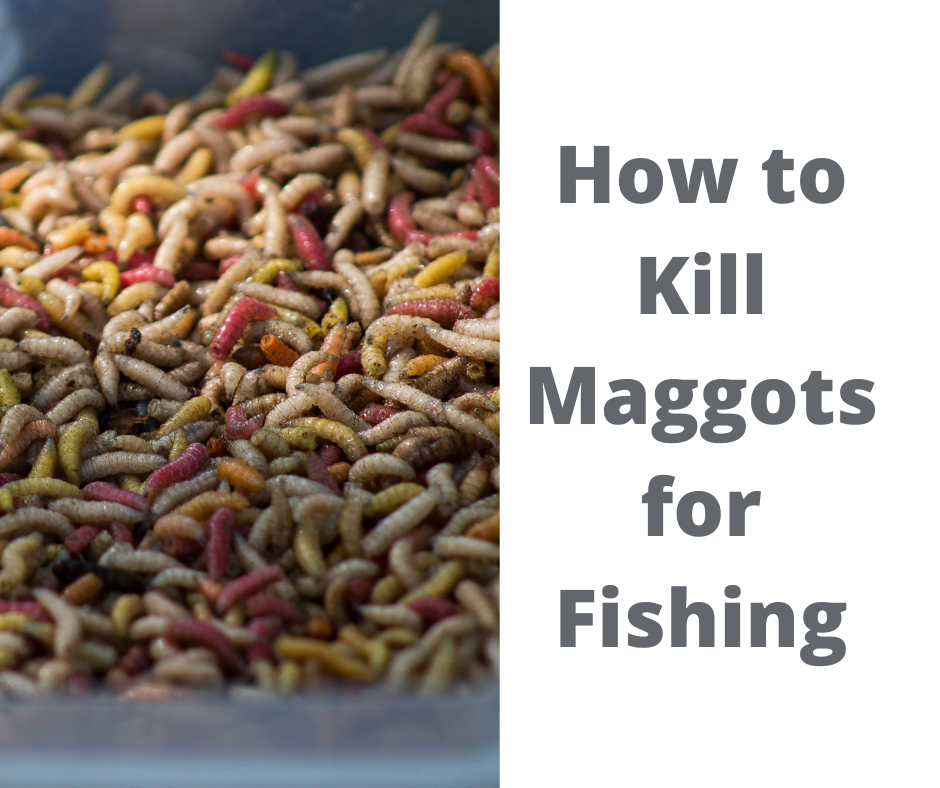
 Beginners Guides4 weeks ago
Beginners Guides4 weeks agoHow to Kill Maggots for Fishing: What’s the Best Way to Kill Maggots?
-
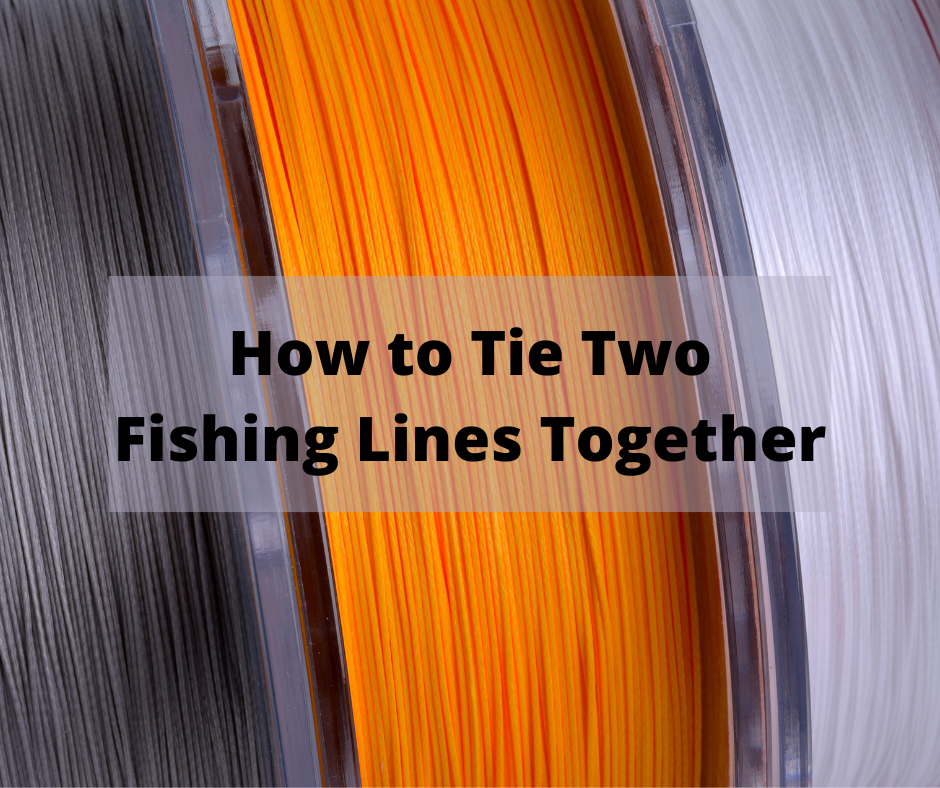
 Beginners Guides4 weeks ago
Beginners Guides4 weeks agoHow to Tie Two Fishing Lines Together
-
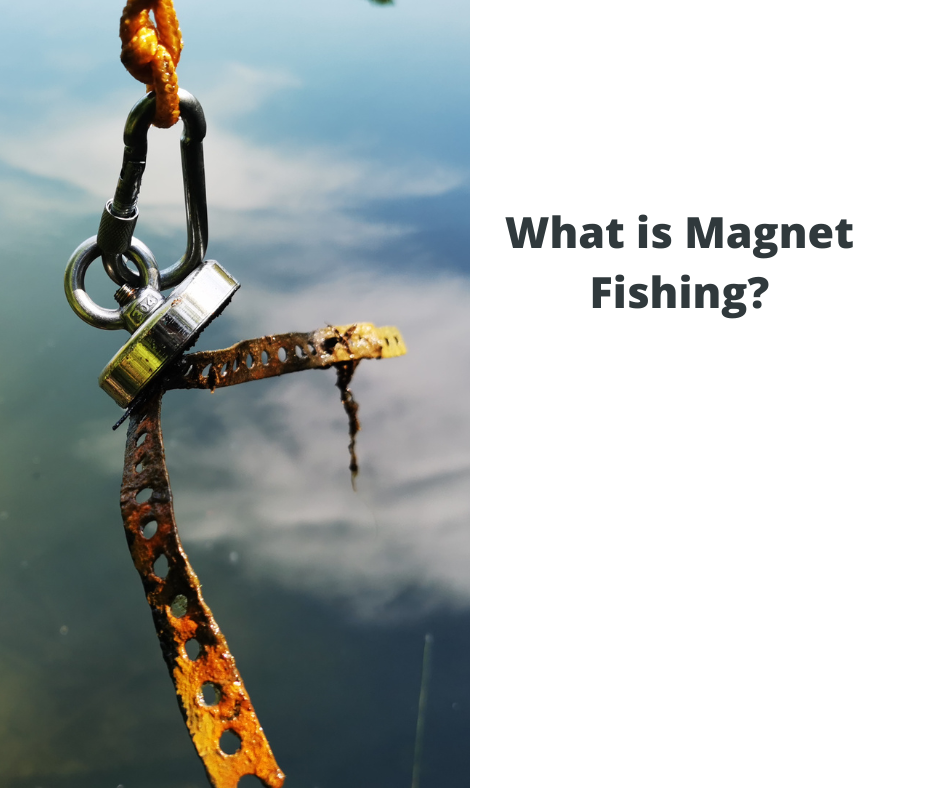
 Beginners Guides4 weeks ago
Beginners Guides4 weeks agoWhat is Magnet Fishing?
-

 Cooking4 weeks ago
Cooking4 weeks agoGrilled Yellowfin Tuna Recipe: A Delicious, Nutritious Meal
-

 Carp Fishing4 weeks ago
Carp Fishing4 weeks agoCircle Hooks, Barbless: The Answer to the Parrot Mouth Carp Problem?
-
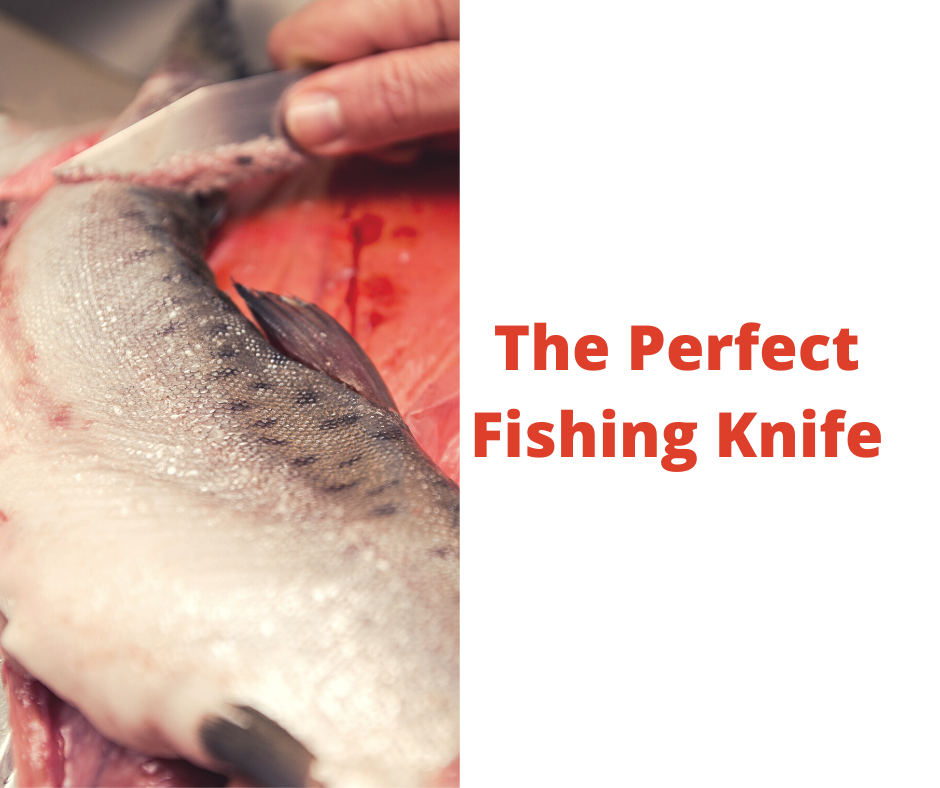
 Beginners Guides4 weeks ago
Beginners Guides4 weeks agoThe Perfect Fishing Knife: What to Look for in an All-in-One Seafood Knife
-
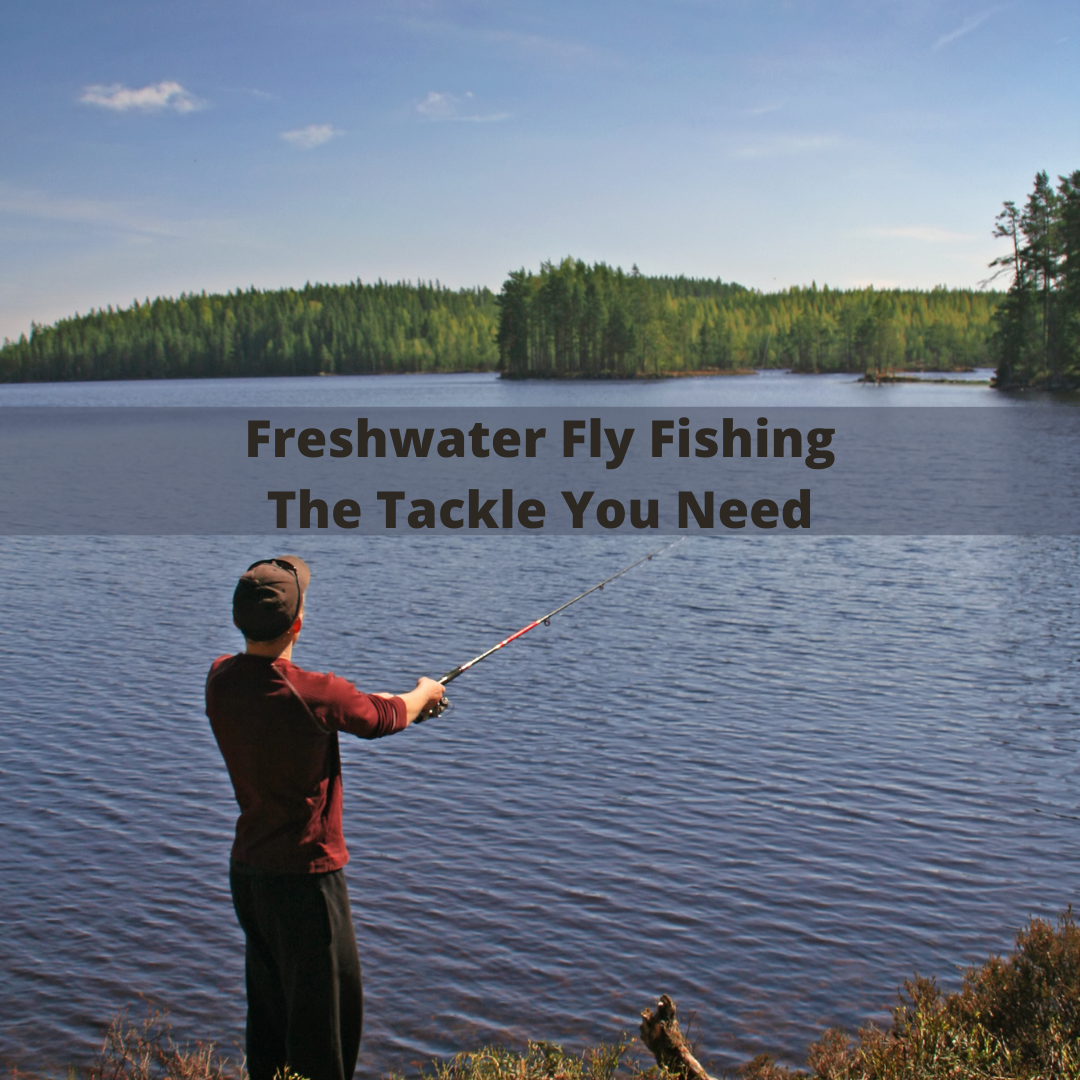
 Beginners Guides4 weeks ago
Beginners Guides4 weeks agoFreshwater Float Fishing: The Tackle You Need
-

 Carp Fishing4 weeks ago
Carp Fishing4 weeks agoFishing Eureka Acquires fishingquestions.co.uk Domain






